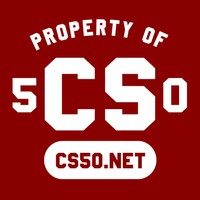Ħafna ekosistemi bħall-ħwienet app huma jew miftuħa jew curated. Iżda għaliex ma nistgħu jkollhom kemm? Well, nistgħu — kulma għandek bżonn hija tliet verbi: tippubblika, isibu, u bħal. Li tmur għal teknoloġija u kull ħaġa oħra.
Normalment ikun hemm żewġ għażliet meta inti tixtieq li tippubblika app: tippubblikaha għal xi ħaġa bħall-IOS App Aħżen (fejn in-nies se jsibu app tiegħek, imma reviżuri Apple jista 'jiċħad sottomissjoni tiegħek) jew biss poġġih fuq il-websajt tiegħek (fejn huwa faċli biex tippubblika, iżda hemm ebda ħadd garanzija se jarawha.) Not the greatest set of options.
Isn’t there a way to combine the strengths of both of these to make for the best possible experience for both publishers and consumers? I think there is. It’s called an open and curated ecosystem. Let’s take a look at:
- What open u curated ecosystems are
- Examples of open and curated ecosystems
- What you need to make an open and curated ecosystem
- Examples of these ecosystems beyond just technology
and see if we can discover something about the power of crowdsourcing, innovation, and the three verbs tippubblika, isibu, u bħal.
Curated vs. open ecosystems
The iOS App Store and open internet, among others, are app ecosystems — places where apps can be published and found. And I think the big factors that differentiate one ecosystem from another are whether the ecosystem is open, where anyone can publish apps and whether it is curated, where the best apps rise to the top and users are assured quality apps. That’s the major difference between the iOS store and the internet at large, which I mentioned earlier.
Let’s look at examples of curated and open ecosystems and what differentiates them.









